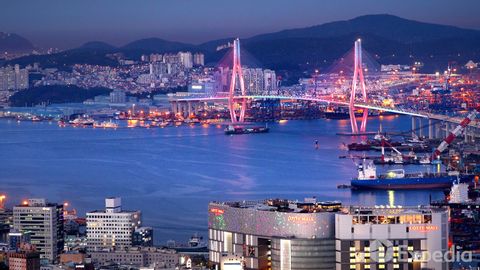
Subtitles & vocabulary
[대한민국여행]부산 여행 가이드-익스피디아 (4K)
00
Eric Wang posted on 2020/04/25Save
Video vocabulary
embrace
US /ɛmˈbres/
・
UK /ɪm'breɪs/
- Noun (Countable/Uncountable)
- Act of holding someone closely
- An act of accepting or supporting something willingly and enthusiastically.
- Transitive Verb
- To hold closely; cuddle, kiss or hug
- To accept something enthusiastically.
B1TOEIC
More ditch
US /dɪtʃ/
・
UK /dɪtʃ/
- Transitive Verb
- To abandon or give up a plan, etc.
- To land an airplane in water due to an emergency
- Countable Noun
- Long, shallow hole used for drainage or irrigation
B1
More depict
US /dɪˈpɪkt/
・
UK /dɪ'pɪkt/
- Transitive Verb
- To represent or describe something using words
- To represent or show something in a picture or painting; to portray visually.
B1TOEIC
More Use Energy
Unlock All Vocabulary
Unlock pronunciation, explanations, and filters
